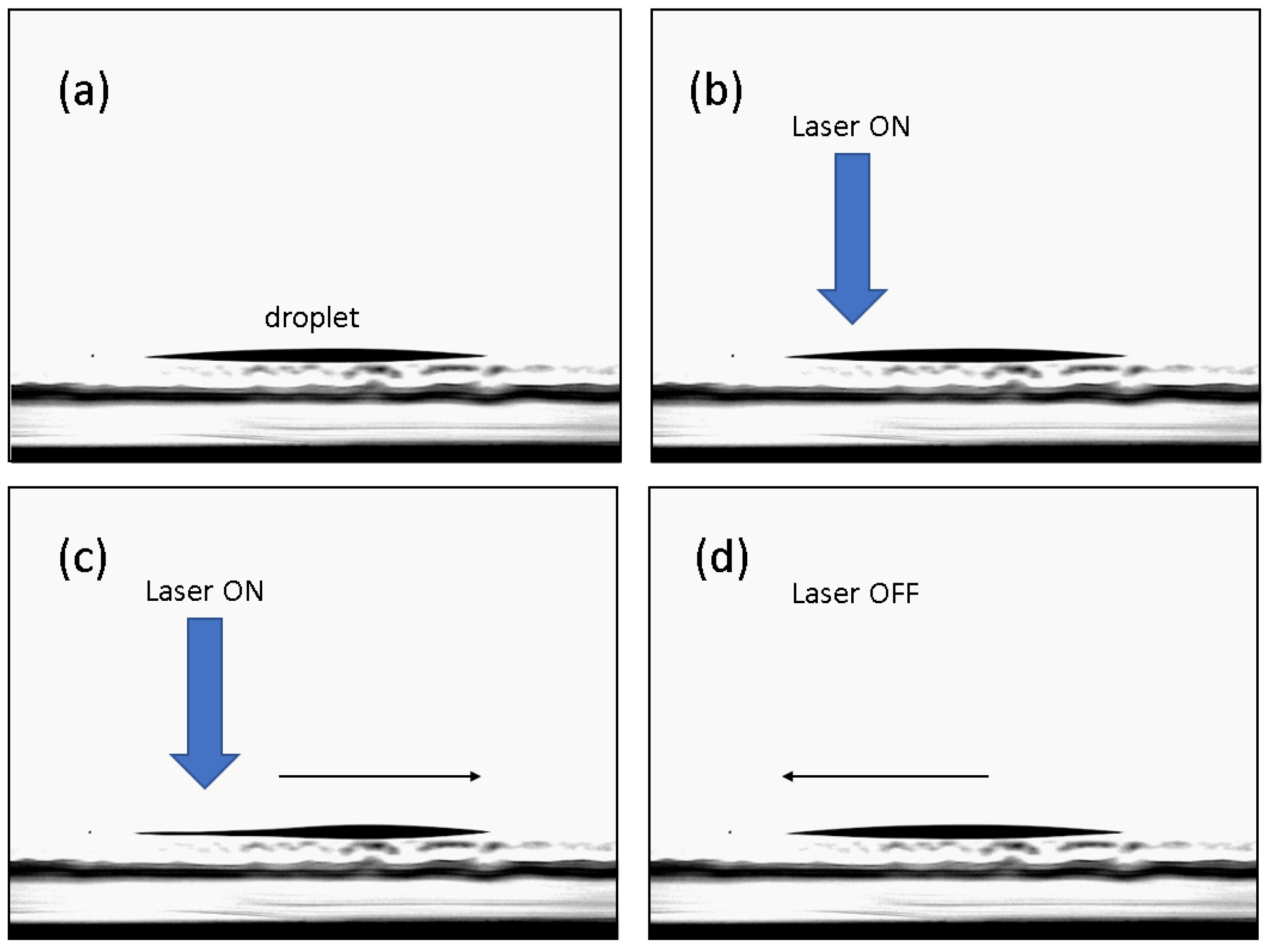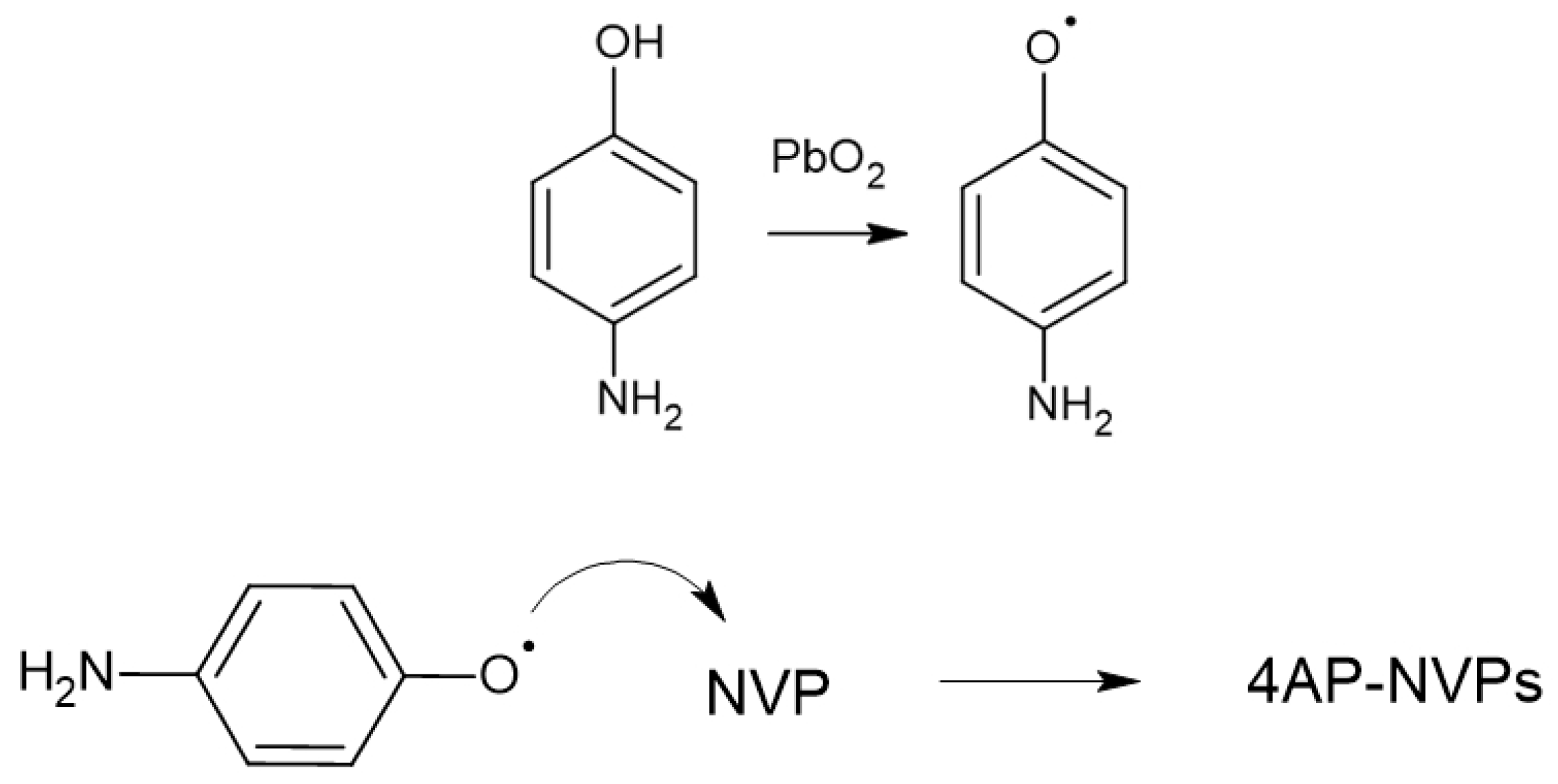Light-Induced Dynamic Holography
Abstract
:1. Introduction
2. Materials and Methods
2.1. Materials
2.2. H-PMP Mixture Preparation
2.3. Experimental Set-Ups
3. Theory and Experiments
4. Conclusions
Supplementary Materials
Author Contributions
Funding
Institutional Review Board Statement
Informed Consent Statement
Data Availability Statement
Acknowledgments
Conflicts of Interest
References
- Bunning, T.J.; Natarajan, L.V.; Tondiglia, V.P.; Sutherland, R.L. Holographic Polymer-Dispersed Liquid Crystals (H-PDLCs). Ann. Rev. Mater. Sci. 2000, 30, 83–115. [Google Scholar] [CrossRef]
- Vita, F.; Lucchetta, D.; Castagna, R.; Francescangeli, O.; Criante, L.; Simoni, F. Detailed investigation of high-resolution reflection gratings through angular-selectivity measurements. J. Opt. Soc. Am. B Opt. Phys. 2007, 24, 471–476. [Google Scholar] [CrossRef]
- Castagna, R.; Lucchetta, D.; Vita, F.; Criante, L.; Greci, L.; Simoni, F. Haloalkane-based polymeric mixtures for high density optical data storage. Opt. Mater. 2008, 30, 1878–1882. [Google Scholar] [CrossRef]
- Criante, L.; Beev, K.; Lucchetta, D.; Simoni, F. Spectral Analysis of Shrinkage in Holographic Materials Suitable for Optical Storage Applications. In Holography 2005: International Conference on Holography, Optical Recording, and Processing of Information; International Society for Optics and Photonics: Bellingham, WA, USA, 2006; Volume 6252. [Google Scholar] [CrossRef]
- Gao, H.Y.; Liu, P.; Zeng, C.; Yao, Q.X.; Zheng, Z.; Liu, J.; Zheng, H.; Yu, Y.J.; Zeng, Z.X.; Sun, T. Holographic storage of three-dimensional image and data using photopolymer and polymer dispersed liquid crystal films. Chin. Phys. B 2016, 25, 094205. [Google Scholar] [CrossRef]
- Lucchetta, D.; Vita, F.; Castagna, R.; Francescangeli, O.; Simoni, F. Laser emission based on first order reflection by novel composite polymeric gratings. Photonics Nanostruct. Fundam. Appl. 2012, 10, 140–145. [Google Scholar] [CrossRef]
- Simoni, F.; Bonfadini, S.; Spegni, P.; Turco, S.L.; Lucchetta, D.; Criante, L. Low threshold Fabry-Perot optofluidic resonator fabricated by femtosecond laser micromachining. Opt. Express 2016, 24, 17416–17423. [Google Scholar] [CrossRef]
- Gao, H.; Dai, Z.; Liu, J.; Li, S.; Zhou, W.; Xu, F.; Fang, H.; Cheng, X.; Yu, Y.; Zheng, H. Super-fast refresh holographic display based on liquid crystal Films Doped with Silver Nanoparticles. IEEE Photonics J. 2019, 11, 6901107. [Google Scholar] [CrossRef]
- White, T.J.; Tabiryan, N.V.; Serak, S.V.; Hrozhyk, U.A.; Tondiglia, V.P.; Koerner, H.; Vaia, R.A.; Bunning, T.J. A high frequency photodriven polymer oscillator. Soft Matter 2008, 4, 1796–1798. [Google Scholar] [CrossRef]
- Chang, W.T.; Cheng, C.L.; Li, Y.J.; Wang, T.H.; Kuo, M.Y.; Hsiao, V.K. All-Optical Switching in Holographic Polymer Dispersed Azobenzene Liquid-Crystal Gratings. In Practical Holography XXIII: Materials and Applications; International Society for Optics and Photonics: Bellingham, WA, USA, 2009; Volume 7233, p. 72330X. [Google Scholar]
- De Sio, L.; Veltri, A.; Umeton, C.; Serak, S.; Tabiryan, N. All-optical switching of holographic gratings made of polymer-liquid-crystal-polymer slices containing azo-compounds. Appl. Phys. Lett. 2008, 93, 181115. [Google Scholar] [CrossRef]
- Su, Y.C.; Chu, C.C.; Chang, W.T.; Hsiao, V. Characterization of optically switchable holographic polymer-dispersed liquid crystal transmission gratings. Opt. Mater. 2011, 34, 251–255. [Google Scholar] [CrossRef]
- De Sio, L.; Umeton, C.; Serak, S.; Tabiryan, N. Full Optical Control of Holographic Gratings Realized in Composite Materials Containing Photosensitive Liquid Crystals. Mol. Cryst. Liq. Cryst. 2010, 526, 101–107. [Google Scholar] [CrossRef]
- De Sio, L.; Cuennet, J.G.; Vasdekis, A.E.; Psaltis, D. All-optical switching in an optofluidic polydimethylsiloxane: Liquid crystal grating defined by cast-molding. Appl. Phys. Lett. 2010, 96, 131112. [Google Scholar] [CrossRef] [Green Version]
- Tong, X.; Wang, G.; Yavrian, A.; Galstian, T.; Zhao, Y. Dual-Mode Switching of Diffraction Gratings Based on Azobenzene-Polymer-Stabilized Liquid Crystals. Adv. Mater. 2005, 17, 370–374. [Google Scholar] [CrossRef]
- Bang, C.U.; Shishido, A.; Ikeda, T. Azobenzene Liquid-Crystalline Polymer for Optical Switching of Grating Waveguide Couplers with a Flat Surface. Macromol. Rapid Commun. 2007, 28, 1040–1044. [Google Scholar] [CrossRef]
- De Sio, L.; Serak, S.; Tabiryan, N.; Ferjani, S.; Veltri, A.; Umeton, C. Composite Holographic Gratings Containing Light-Responsive Liquid Crystals for Visible Bichromatic Switching. Adv. Mater. 2010, 22, 2316–2319. [Google Scholar] [CrossRef]
- Lucchetta, D.; Vita, F.; Simoni, F. All-optical switching of diffraction gratings infiltrated with dye-doped liquid crystals. Appl. Phys. Lett. 2010, 97, 231112. [Google Scholar] [CrossRef]
- Castagna, R.; Lucchetta, D.E.; Rippa, M.; Xu, J.H.; Di Donato, A. Near-frequency photons Y-splitter. Appl. Mater. Today 2020, 19, 100636. [Google Scholar] [CrossRef]
- Lucchetta, D.; Di Donato, A.; Singh, G.; Tombesi, A.; Castagna, R. Optically tunable diffraction efficiency by photo-mobile holographic composite polymer material. Opt. Mater. 2021, 121, 111612. [Google Scholar] [CrossRef]
- Castagna, R.; Di Donato, A.; Strangi, G.; Lucchetta, D.E. Light controlled bending of a holographic transmission phase grating. Smart Mater. Struct. 2022, 31, 3. [Google Scholar] [CrossRef]
- Lucchetta, D.; Simoni, F.; Sheremet, N.; Reshetnyak, V.; Castagna, R. Shape-driven optofluidic rotational actuation. Eur. Phys. J. Plus 2021, 136, 445. [Google Scholar] [CrossRef]
- Lucchetta, D.; Castagna, R.; Simoni, F. Light-actuated contactless macro motors exploiting Bénard–Marangoni convection. Opt. Express 2019, 27, 13574–13580. [Google Scholar] [CrossRef] [PubMed]
- Lucchetta, D.; Simoni, F.; Nucara, L.; Castagna, R. Controlled-motion of floating macro-objects induced by light. AIP Adv. 2015, 5, 077147. [Google Scholar] [CrossRef]
- Lucchetta, D.; Simoni, F.; Nucara, L.; Castagna, R. Light moves macro-objects. Prog. Electr. Res. Symp. 2015, 2015, 1486–1488. [Google Scholar]
- Castagna, R.; Nucara, L.; Simoni, F.; Greci, L.; Rippa, M.; Petti, L.; Lucchetta, D.E. An Unconventional Approach to Photomobile Composite Polymer Films. Adv. Mater. 2017, 29, 1604800. [Google Scholar] [CrossRef] [PubMed]
- Kogelnik, H. Coupled Wave Theory for Thick Hologram Gratings. In Landmark Papers on Photorefractive Nonlinear Optics; World Scientific: Singapore, 1995; pp. 133–171. [Google Scholar]




Publisher’s Note: MDPI stays neutral with regard to jurisdictional claims in published maps and institutional affiliations. |
© 2022 by the authors. Licensee MDPI, Basel, Switzerland. This article is an open access article distributed under the terms and conditions of the Creative Commons Attribution (CC BY) license (https://creativecommons.org/licenses/by/4.0/).
Share and Cite
Lucchetta, D.E.; Di Donato, A.; Paturzo, M.; Singh, G.; Castagna, R. Light-Induced Dynamic Holography. Micromachines 2022, 13, 297. https://doi.org/10.3390/mi13020297
Lucchetta DE, Di Donato A, Paturzo M, Singh G, Castagna R. Light-Induced Dynamic Holography. Micromachines. 2022; 13(2):297. https://doi.org/10.3390/mi13020297
Chicago/Turabian StyleLucchetta, Daniele Eugenio, Andrea Di Donato, Melania Paturzo, Gautam Singh, and Riccardo Castagna. 2022. "Light-Induced Dynamic Holography" Micromachines 13, no. 2: 297. https://doi.org/10.3390/mi13020297





